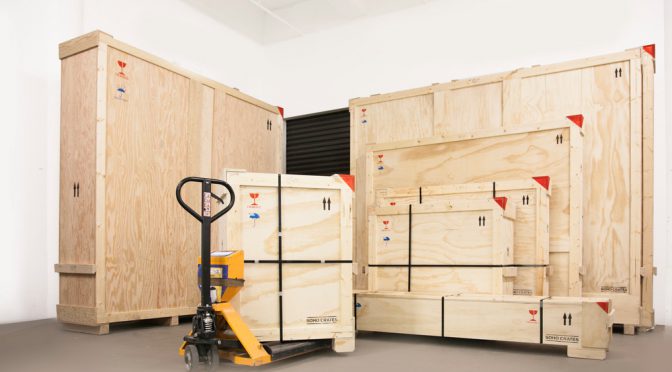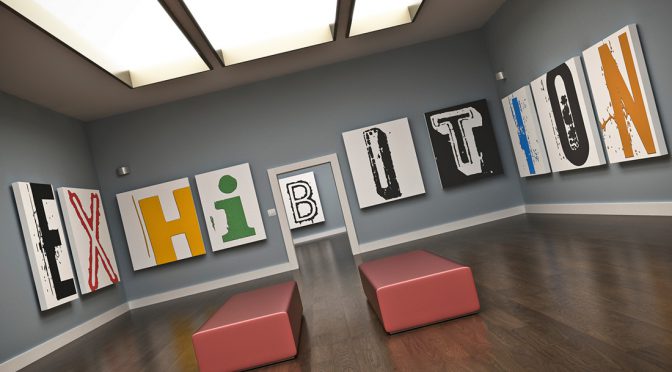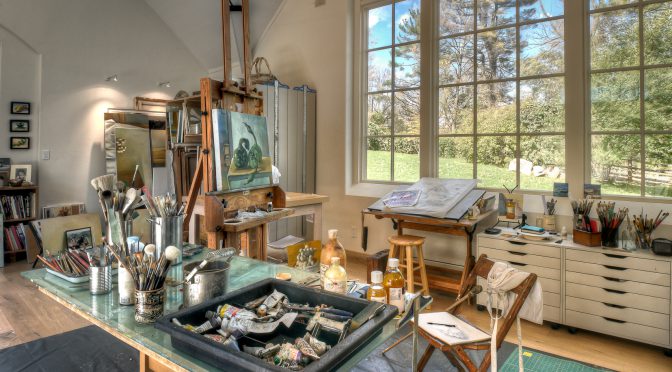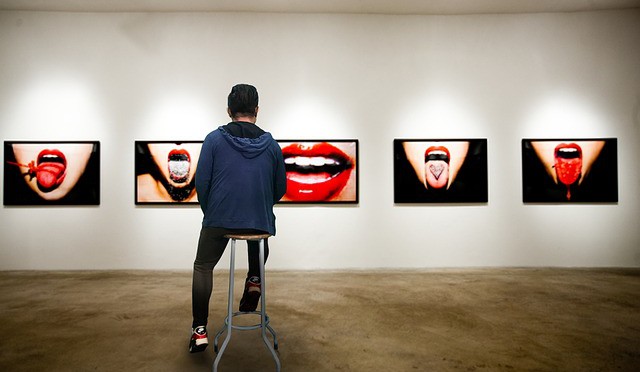Are you an artist, art dealer, collector, exhibitor, or gallerist that requires asset protection? ArtInsuranceNow.com / Bernard Fleischer & Sons Inc. has provided insurance services for the art community for 70 years. We love educating our customers and giving them the right tools to create or maintain a successful art business or collection.
Many artists surveyed do not have the proper insurance or coverage for their situation, the numbers are quite alarming. Our goal is to educate and provide resources that the art community requires to mitigate the unique risks they face.
As the global art market expands, risk also increases. Artists, auction houses, and art dealers often display art at multiple locations to discover a larger number of buyers, including a growing number of art fairs around the world like Art Basel.
The high volume of art exchanging hands increases the risk of improper handling, accidental damage during transit, and theft. Therefore, this increases the number of fine art insurance claims. If your art studio or location is not properly covered, you could be headed for a loss.
We at ArtInsuranceNow.com / Bernard Fleischer & Sons Inc. take pride in our stellar customer service. (Don’t take our word for it, check our 5-star ratings on Google HERE) We will walk you through the process step by step and get you insured fast, and with great rates via our user-friendly online applications. We are uniquely qualified to handle all art related risk management solutions due to our extensive experience in the field, and to put it simply, we just love art!
Call us at 800-921-1008, apply online at ArtInsuranceNow.com and live chat with us, or visit our offices at 29 Broadway, Suite 1511 New York, NY 10006










